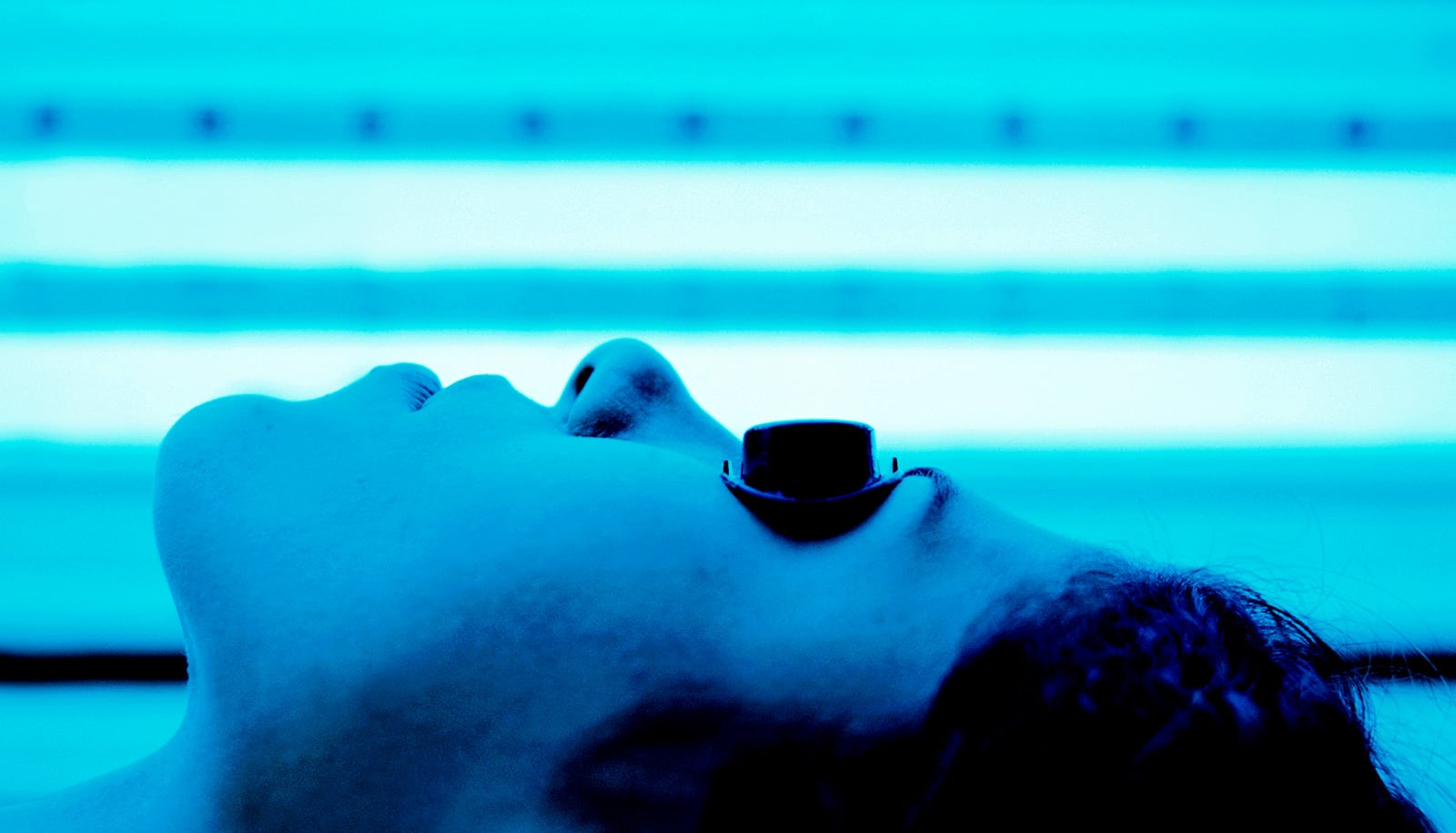Studies of indoor tanning that are financially linked to the industry are significantly more likely to downplay the risks and highlight perceived benefits than studies without those ties, new research shows.
The researchers analyzed 691 articles on indoor tanning in scientific journals. Of them, 50 had financial ties to the tanning industry. Of these, 78% favored indoor tanning, compared with only 4% of studies without financial ties to the industry.
As with research funded by the tobacco and sugar industries, the new finding suggests that people should consider whether studies on indoor tanning and exposure to ultraviolet rays were supported by organizations with possible conflicts of interest.
“Tanners getting these messages may develop a misperception of benefits.”
“Studies with financial links to the indoor tanning industry were much more likely to discuss perceived benefits of indoor tanning and to downplay the harms,” says Eleni Linos, professor of dermatology at Stanford University, who sees patients at Stanford Health Care’s dermatology clinic at the Hoover Pavilion.
“The association is quite striking. We need scientific data to be independent of industry influence. I am concerned that funding sources may influence the conclusions of these papers.”
In 2009, the World Health Organization listed the ultraviolet light used in tanning beds as a group 1 carcinogen—its highest cancer-risk category. But many people cite perceived benefits of indoor tanning, including mood enhancement, the role played by ultraviolet radiation in the production of vitamin D, and the achievement of a “base tan” believed to protect against more serious skin damage.
“Although the number of papers with financial ties to the tanning industry was relatively small, these papers may have wide traction if used in legal challenges and promotional material,”
According to the American Academy of Dermatology, more than one-third of adults in the United States and over half of college students have reported using a tanning bed at some point in their lives.
Linos and her colleagues surveyed previously published scientific literature to identify articles focused on indoor tanning and health. The articles included reports on original research, reviews, case reports, editorials, and opinion pieces, among others.
A coauthor of the study, research associate Lily Morrison, removed the funding information and conflict of interest statements from the papers before passing them to Adekunle and Chen, who evaluated each article’s conclusions without knowing the funding source. They scored them on a five-point scale from strongly in favor of tanning to strongly critical of tanning.
Without determining whether the content of the papers was accurate or false, the researchers then assessed whether studies with financial ties to indoor tanning came to different conclusions about the overall risks and benefits of the practice.
They found that although only 10.3% of the studies had financial ties to the industry, these studies were significantly more likely than the remaining 89.7% to be classified as “favorable” to tanning. Conversely, studies with industry ties were less likely than others to come to conclusions critical of tanning.
“Although the number of papers with financial ties to the tanning industry was relatively small, these papers may have wide traction if used in legal challenges and promotional material,” says coauthor Meghan Halley, a dermatology research fellow. “Tanners getting these messages may develop a misperception of benefits.”
“This is the first study to examine conflict of interest in indoor tanning literature, and it echoes what’s been said about the influence of the tobacco and sugar industries on science,” says Linos.
“Researchers, public health experts, and members of the general public should be aware of and account for industry funding when assessing the evidence related to the risks and benefits of indoor tanning.”
A paper on the work appears in the British Medical Journal. Researchers from Erasmus University in the Netherlands, the University of Pennsylvania, and Vanderbilt University also contributed to the work. The National Institutes of Health funded the research.
Source: Stanford University


